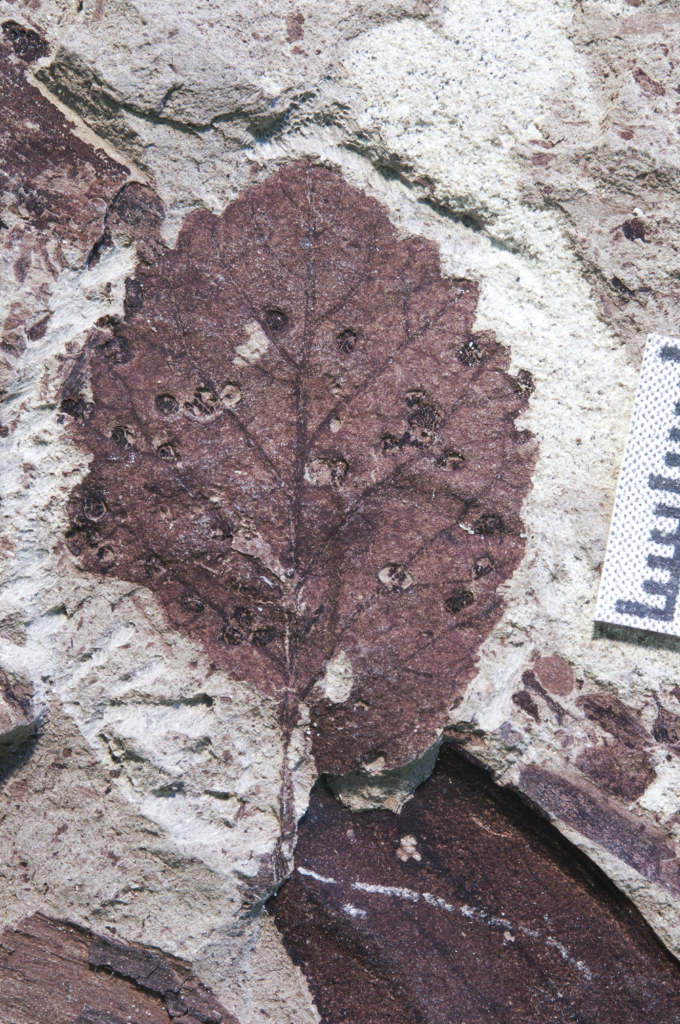Ancient insect bite sheds light on mass extinction event that killed dinosaurs
Insect damage on fossilised leaves suggest biodiversity recovered quicker in the Southern hemisphere.

In the aftermath of the devastating Cretaceous/Palaeogene mass extinction 66 million years ago, biodiversity recovered quicker in the Southern hemisphere, scientists have found out. Ancient insect bites present on fossils suggest insects were thriving in this corner of Earth, just four million years after a large meteor, which may have triggered the mass extinction event, struck the planet.
The Cretaceous extinction is associated with the end of dinosaurs, but many other species also died. In the past, scientists have shown that in North America, it took nine million years for plants and insects to recover.
They have also suggested that the extinction event might have been less severe in the Southern Hemisphere – a region which would potentially have been a refuge for some of the species that went extinct in the Northern Hemisphere.
However, little research have so far been dedicated to testing this hypothesis, in particular as researchers have only studied well-dated macrofossil sites in western North America, spanning the latest Cretaceous and early Palaeocene periods.
In this new study published in the journal Nature, a research team has analysed fossils found in Patagonian Argentina, dating from these two eras, before and after the mass extinction event.
Ancient leaves, ancient insect bites
The scientists, from Pennsylvania State University, have examined a total of 3,646 fossil leaves in the hope of gathering evidence to support the hypothesis that the extinction and recovery of insects differed substantially in the Southern and Northern hemispheres.
They looked at insect bite on the leaves – herbivorous insects are a central component of terrestrial food webs, so understanding how they fared in different areas of the world after the extinction can improve our understanding of how biodiversity as a whole fared, so far back in time.

On the plant fossils, the researchers identified greater insect-related damage diversity in Patagonia than in North America, both before and after the extinction. This suggests a previously unknown insect richness in this corner of the globe millions of years ago.
Like in North America, the scientists nevertheless discovered that the total diversity of insect damage decreased following the extinction in South America. The extinction event therefore appears to have been as severe in South America as in North America, with no evidence of individual insect species surviving. This discredits the hypothesis that the Southern hemisphere served as a refuge.
However, the analysis of the fossils, and the diversity of ancient insects' bites, also indicate that biodiversity was much quicker to recover in the southern regions of the Earth. The researchers estimate that recovery to pre-extinction levels occurred there approximately four million years after the extinction event, compared with approximately nine million years in North America.
Thus, the Cretaceous/Palaeogene mass extinction had very heterogeneous consequences - it killed a great number of species worldwide but was followed by variable levels of recovery on the long term.
© Copyright IBTimes 2025. All rights reserved.






















